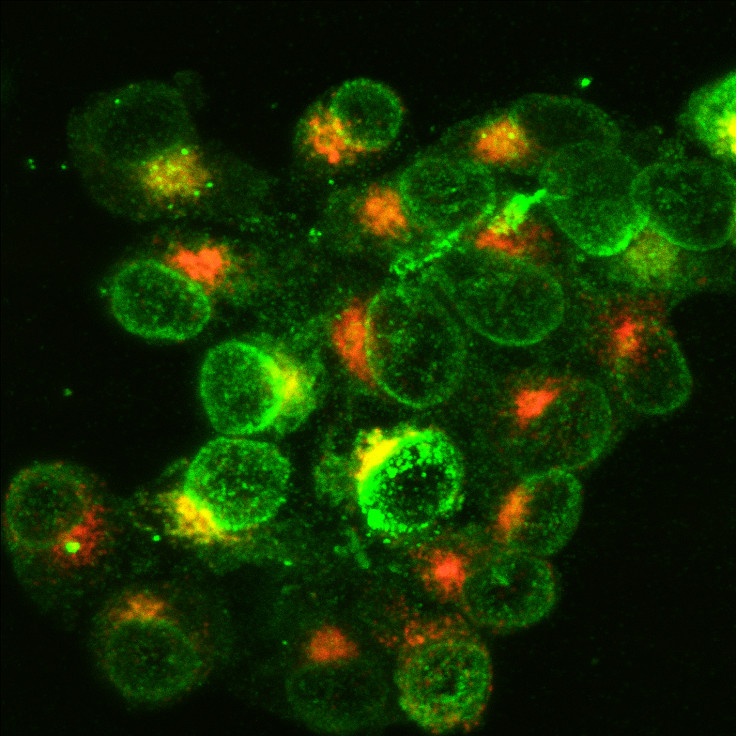Germany: Earliest case of leukaemia discovered in 7,000-year-old skeleton

What could be the first ever case of leukaemia has been discovered in a 7,000-year-old skeleton found at an early Neolithic site in south-western Germany. The remains were among 72 other burials unearthed near Stuttgart-Muhlhausen in 1982 and have now been analysed by a team of scientists from the University of Tubingen.
The skeleton was a woman who was between the age of 30 and 40 when she died. Using high resolution CT scans, the team of scientists found a loss of spongy bone in the tissue of the humerus and sternum. Leukaemia is a cancer of the blood cells that starts in the bone marrow – the soft tissue inside bones where blood cells are made. These abnormal white blood cells crowd out the normal blood cells and spread to the blood and other parts of the body.
Team leader Heike Scherf announced the find at a conference on evolutionary medicine, Discovery News reports. He said the resorption of the central spongy bone in the 7,000-year-old skeleton is much higher than other skeletons from the same site that are comparable in age.
"Our results strongly suggests leukaemia in its initial stages, affecting the hematopoietic stem cells in bone marrow," Scherf said. "A virus associated with a special type of leukaemia (T-cell leukemia) was previously found in Andean mummies. But this case is probably the earliest known appearance of leukaemia in an archaeological case."
In an abstract of the presentation, they added: "The features found suggest leukaemia in its initial stages, affecting the hematopoietic stem cells in bone marrow. If our interpretation is correct this case is the earliest known appearance of leukaemia."
The team also said they should be able to find out more about the disease, such as what type of leukaemia she was suffering from. Frank Ruhli, director of the Institute of Evolutionary Medicine at the University of Zurich, where the conference was held, said even with hi-tech imaging it is impossible to be 100% sure of the finding.
However, he added: "That said, to have an indication for the oldest palaeopathological record of a modern, frequent disease with a major impact such as leukaemia is very important from the perspective of the evolution of the disease."
© Copyright IBTimes 2025. All rights reserved.





















